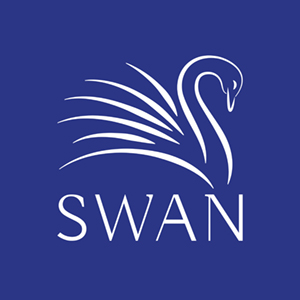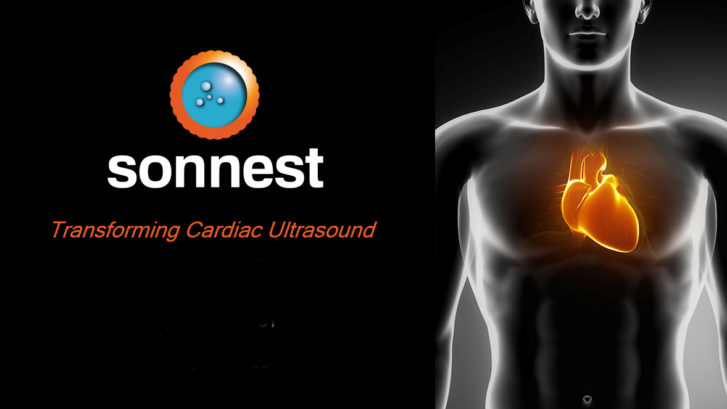Sonnest Has Received over $4M in the Series A Financing to Fund the Initial Evaluation of Electrast™ – the Company’s Voltage Activated Ultrasound Imaging Drug
Sonnest, Inc., a pre-clinical healthcare company developing Electrast™, a voltage-activated ultrasound imaging drug for myocardial perfusion imaging, announced today that the company has raised more than $4M in an oversubscribed Series A financing. The round was led by the SWAN Impact Network, Robin Hood Ventures and the Texas Halo Fund and included a number of doctors, and prominent angel investors. The funds will be used to advance Electrast™ into the clinic, confirm the safety profile of the drug and generate proof-of-principle ultrasound images in human patients similar to the videos created to date in pigs and dogs.
“We are very pleased with the results of our Series A financing because it gives Sonnest the resources the company needs to expand our team, complete GMP manufacturing and advance our innovative product from the animal lab into human patients,” said Peter Boyd, CEO of Sonnest and a serial healthcare entrepreneur who sold his last company to Edwards Lifesciences for $100M upfront and up to $150M in milestone payments. “2020 was a challenging year for everyone but our team continued to advance the development of Electrast™ and I think a lot of investors were excited to participate because they saw how the team performed in the face of significant headwinds.”
Bob Bridge, Executive Director of SWAN Impact Network, said “SWAN is a group of impact investors, and we began evaluating Sonnest in the summer of 2020 based on an introduction by a physician in our network. We were impressed by Sonnest’s cross-functional team of doctors, scientists and business executives, the innovative nature of the company’s technology and what the team was able to accomplish during the pandemic. We were excited to lead the Series A round because we believe that Electrast™ has the potential to cost-effectively improve the diagnosis and monitoring of patients with cardiovascular disease while also lowering risk to the patient by leveraging the power of ultrasound technology.”

